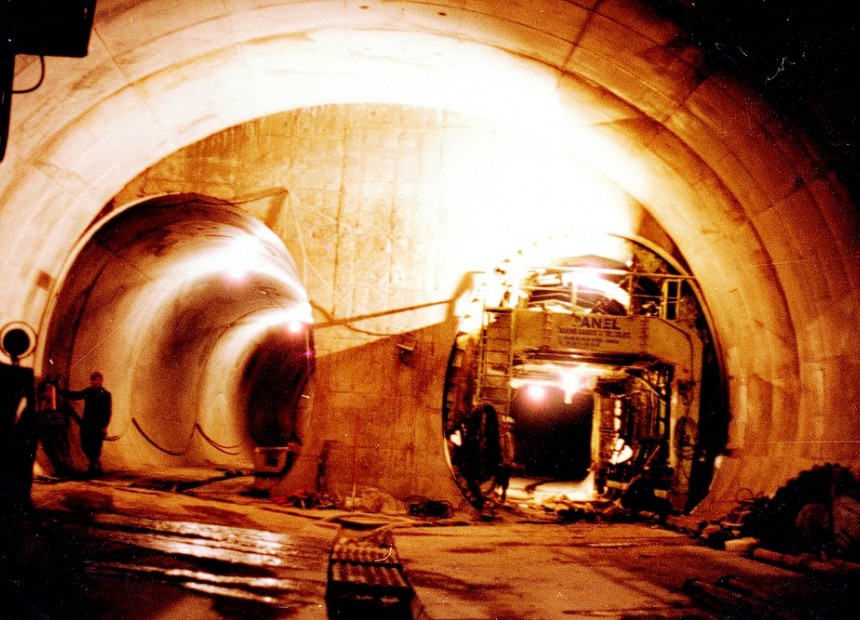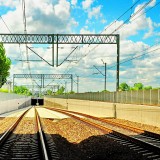Carried out by PeBeKa in the capital of Turkey, Ankara, the project comprised the construction of mainline tunnels for “Ankaray”, the rapid underground railway system.
The total length of single-track tunnels was 2246 m, and double-track tunnels – 78 m; there were also two ventilation shafts with the diameter of 3.8 m and the depth of 25 m. The company was also responsible for designing and constructing fragments of tunnels running across an old muddy river bed characterised by a number of water-bearing strata of gravel and sand.
The construction operations were carried out based on the NATM method, in a preliminary support (a steel support, anchors, sprayed concrete) and a final support (a waterproofing membrane, final concrete). Jet-grouting was the method selected to secure the rapid underground railway tunnels in the area of the old river valley. It consists in the high-pressure cementation of rock mass around an underground working.
The Ankaray Project - Turkey
Investor: Bayindir- Yuksel Joint Venture
Time of project execution: 1993-1995
Additional technical data:
- Combined length of the tunnels: 2324 m
- Cross section: from 34 m2 to 105 m2
- Total number of piles: 3094
- Jet grouting: 13542 m
- Length of the secured tunnel section: 150 m
- Applied technology: the tunnels were constructed based on the NATM method, using steel and anchored supports, sprayed concrete and final concrete. Jet-grouting was the method selected to secure the rapid underground railway tunnels in the area of the old river valley.
Location
Turkey,
Ankara,
Project outline
Ankaray, the rapid underground railway, was a founding element for an underground railway transport system in the capital of Turkey, Ankara. Executed by a consortium of 11 specialist construcion companies, including PeBeKa, the project comprised 11 stations and 8.5 kilometres of rail tracks. The line's terminals are AŞTİ, Ankara’s international coach station, and Dikimevi.
PeBeKa was responsible for constructing 2264 metres of single-track tunnels and 78 metres of double-track tunnels between the stations of Demirtepe, Kizilay, and Kolej. The Company's scope of works included also the preparation of a design and the construction of tunnels running across an old muddy river bed with a number of water-bearing strata of gravel and sand.
The construction operations were carried out based on the NATM method, using steel and anchored supports, sprayed concrete and final concrete. Jet-grouting was the method selected to secure the rapid underground railway tunnels in the area of an old river valley. It consists in the high-pressure cementation of rock mass around an underground working.
Greatest challenges
- Designing and constructing tunnel sections running across an old muddy river valley.
- Drilling tunnels under Ankara's main East-West transport route, in the city centre under Gazi Mustafa Kemal Boulvard, with the thickness of the rock cover ranging from 5 to 25 m.
Key moment
Drilling all tunnels.



